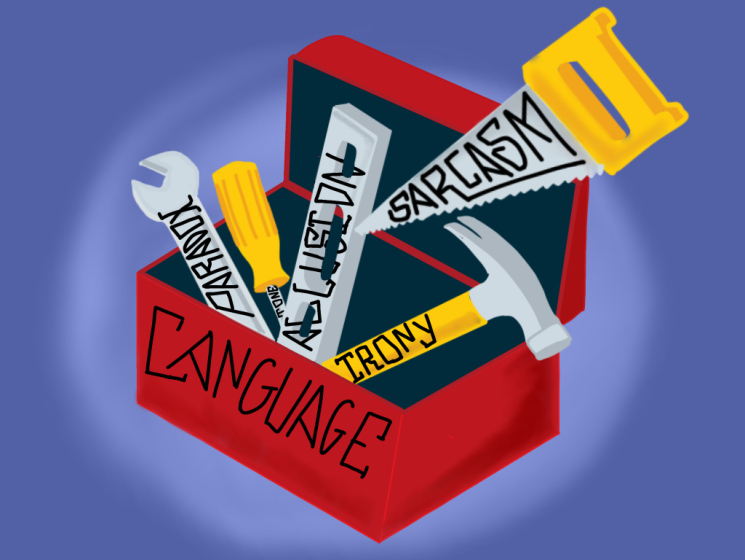
By Myra Chen
The term “sarcasm,” derived from the Greek word “sarkazein,” meaning “to tear flesh,” reflects the poisonous nature of this linguistic tool. In modern usage, sarcasm is defined as a form of irony with the purpose of conveying contempt or criticism indirectly. By choosing a roundabout manner of conveying a message, sarcasm is seen as more condemning than would a straightforward statement.
This indirectness, while sometimes subtle, can lead to misunderstandings and miscommunication in relationships. So, as to maintain healthy relationships, communication experts advise people to stay away from sarcastic language.
However, despite its potential for harm, sarcasm also serves as a significant tool in intellectual growth. The roots of sarcasm trace back to ancient Greece, notably associated with Socratic irony. Socrates was a Greek philosopher who employed irony as a teaching method (the Socratic Method), encouraging his students to approach their own conclusion through questioning.
Sarcasm also allows for greater expression of emotion and creativity, especially when the subtle kind of sarcasm is utilized. The kind that goes unnoticed by its recipient until long after the conversation is over. The subtle nature of sarcasm requires the cognitive ability to quickly compose a comeback. Because in order to construct the contradictions in sarcastic statements, one needs the ability to expose and recognize such contradictions.
The effectiveness of sarcasm is more pronounced in spoken communication, where tonation and facial expressions hint at its intended meaning. As a result, sarcasm can be easily misinterpreted through text or email.
As easily as sarcasm can be misinterpreted, it also poses an important literary and rhetorical device. In fact, the risk of miscommunication is what makes some of the greatest writers in history so great. Famous writers like Mark Twain, Oscar Wilde and Jane Austen don’t shy away from sarcasm. And for good reason.
Sarcasm can be a large part of character definition; it can show a character’s wit, humor or cynicism through their words. Many writers employ sarcasm to satirize societal issues, prompting critical thinking in the reader. Sarcasm may also be a point of adding tension and conflict between characters. Beneath its surface, sarcasm subtly implies deeper truths, as to enrich the reading experience.
As a double edged sword, sarcasm has both the ability to harm and amplify communication, when used appropriately.





